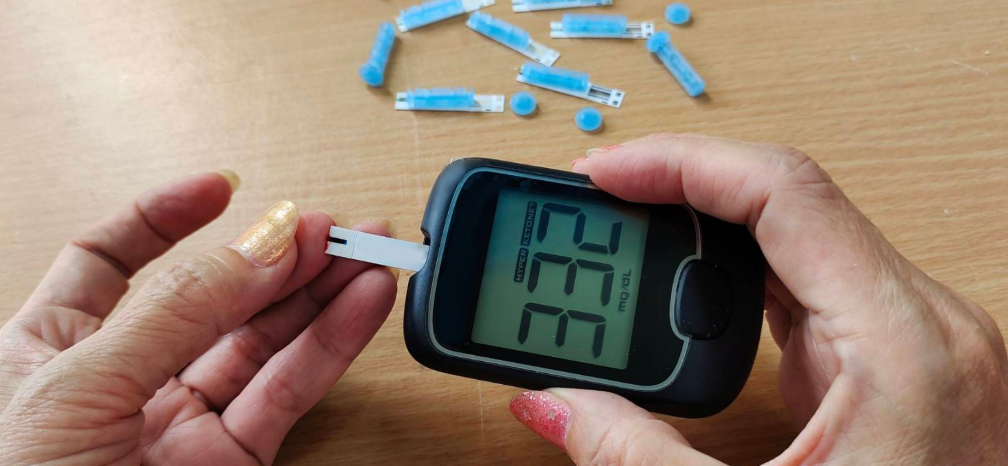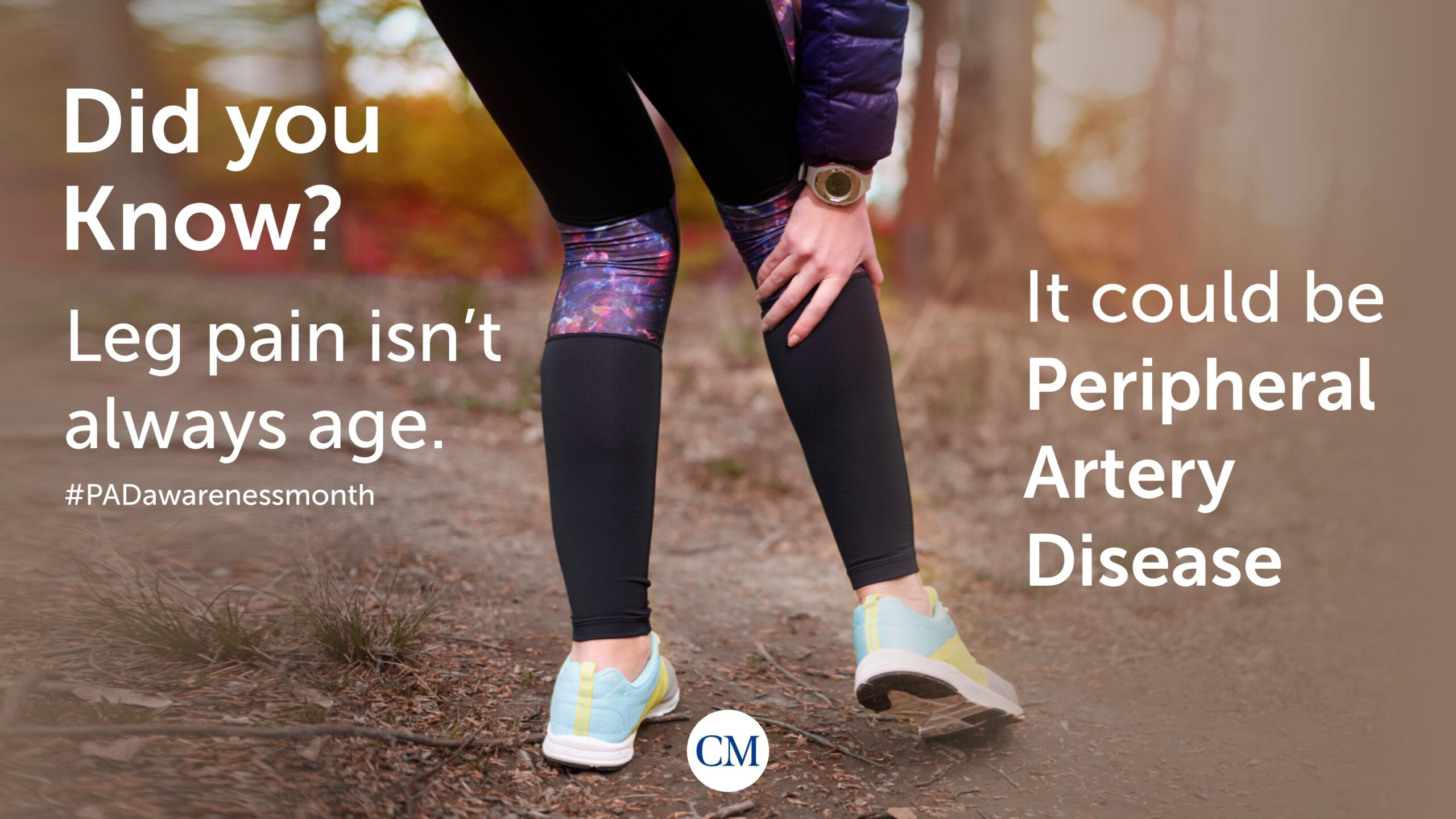Discover how PAD impacts blood flow and steps to stay active with confidence!
Peripheral Artery Disease (PAD) happens when the blood vessels that carry blood to your legs and other parts of your body become narrow or blocked. This reduces blood flow and can cause leg pain, cramping, numbness, or weakness especially when walking.
PAD usually develops slowly and is often caused by a buildup of fatty deposits in the arteries. Common risk factors include smoking, diabetes, high blood pressure, high cholesterol, and lack of physical activity.
On this page, you’ll find helpful blogs that explain what PAD is, how to manage it, and how to improve blood flow and stay active.

What is Peripheral Artery Disease?
Peripheral Artery Disease (PAD) occurs when arteries in the legs and lower body become narrowed or blocked, reducing blood flow. This can lead to leg pain, cramping, numbness, or weakness, especially while walking.
PAD often develops slowly due to plaque buildup. PAD also increases the risk of heart attack, stroke, delayed wound healing, and serious limb complications if left untreated.
What causes Peripheral Artery Disease?
PAD is usually caused by atherosclerosis the gradual buildup of fatty deposits in artery walls that reduce blood flow.
Common risk factors include:
- Smoking
- Diabetes
- High blood pressure and cholesterol
- Lack of physical activity
- Aging
Over time, reduced circulation may result in pain while walking, skin changes, or wounds that don’t heal properly, especially in the legs and feet.
How is Peripheral Artery Disease treated?
Treatment for Peripheral Artery Disease focuses on restoring blood flow and managing risk factors. Approaches include:
- Lifestyle changes:
Quitting smoking, staying active with regular walking, and controlling diabetes, blood pressure, and cholesterol - Medications:
To improve blood circulation, prevent clots, and manage underlying health conditions - Minimally invasive procedures:
Such as angioplasty or other techniques that help open narrowed arteries and improve blood flow to affected areas
Early diagnosis and treatment can significantly reduce symptoms and improve long-term outcomes.
Here, you’ll find helpful blogs and tips to understand Peripheral Artery Disease, manage symptoms, and stay active with better blood flow.



